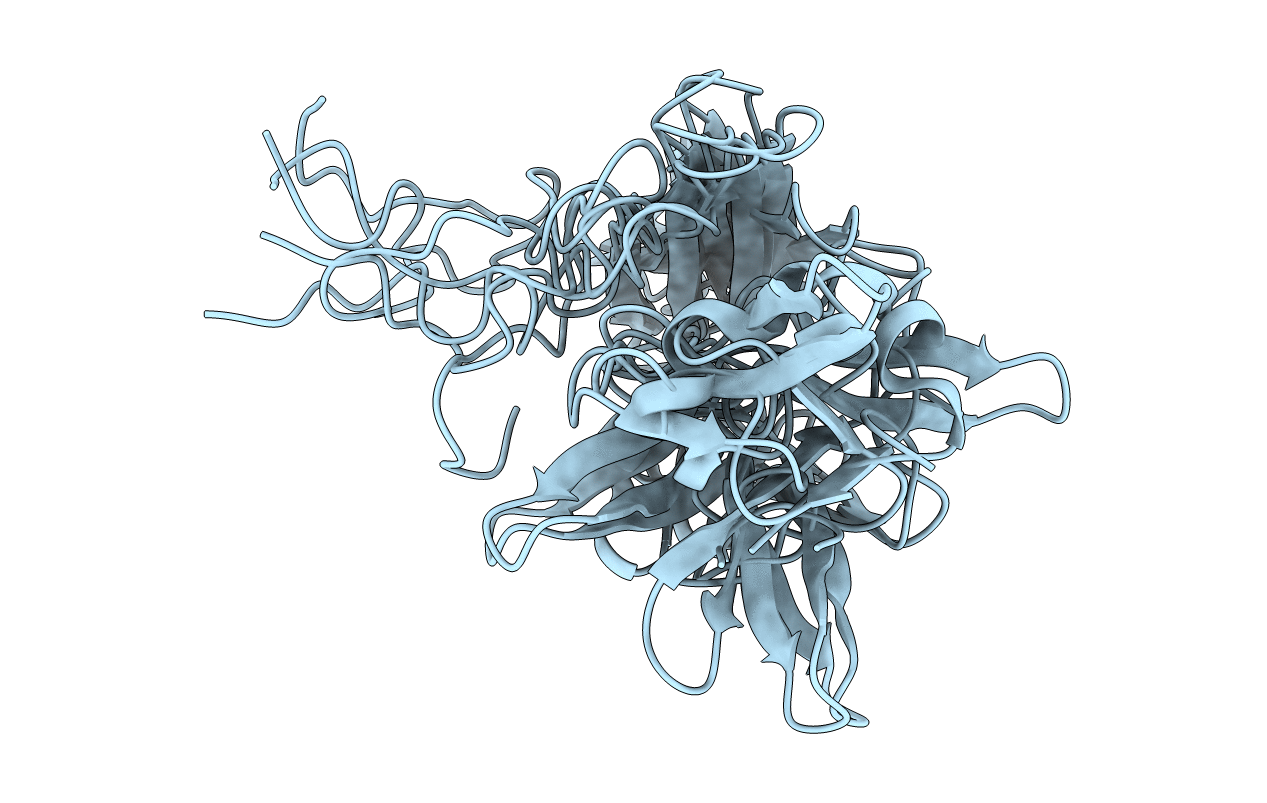
Deposition Date
2004-06-08
Release Date
2004-07-20
Last Version Date
2024-05-22
Entry Detail
PDB ID:
1TK7
Keywords:
Title:
NMR structure of WW domains (WW3-4) from Suppressor of Deltex
Biological Source:
Source Organism:
Drosophila melanogaster (Taxon ID: 7227)
Host Organism:
Method Details:
Experimental Method:
Conformers Calculated:
20
Conformers Submitted:
7
Selection Criteria:
structures with favorable non-bond energy


